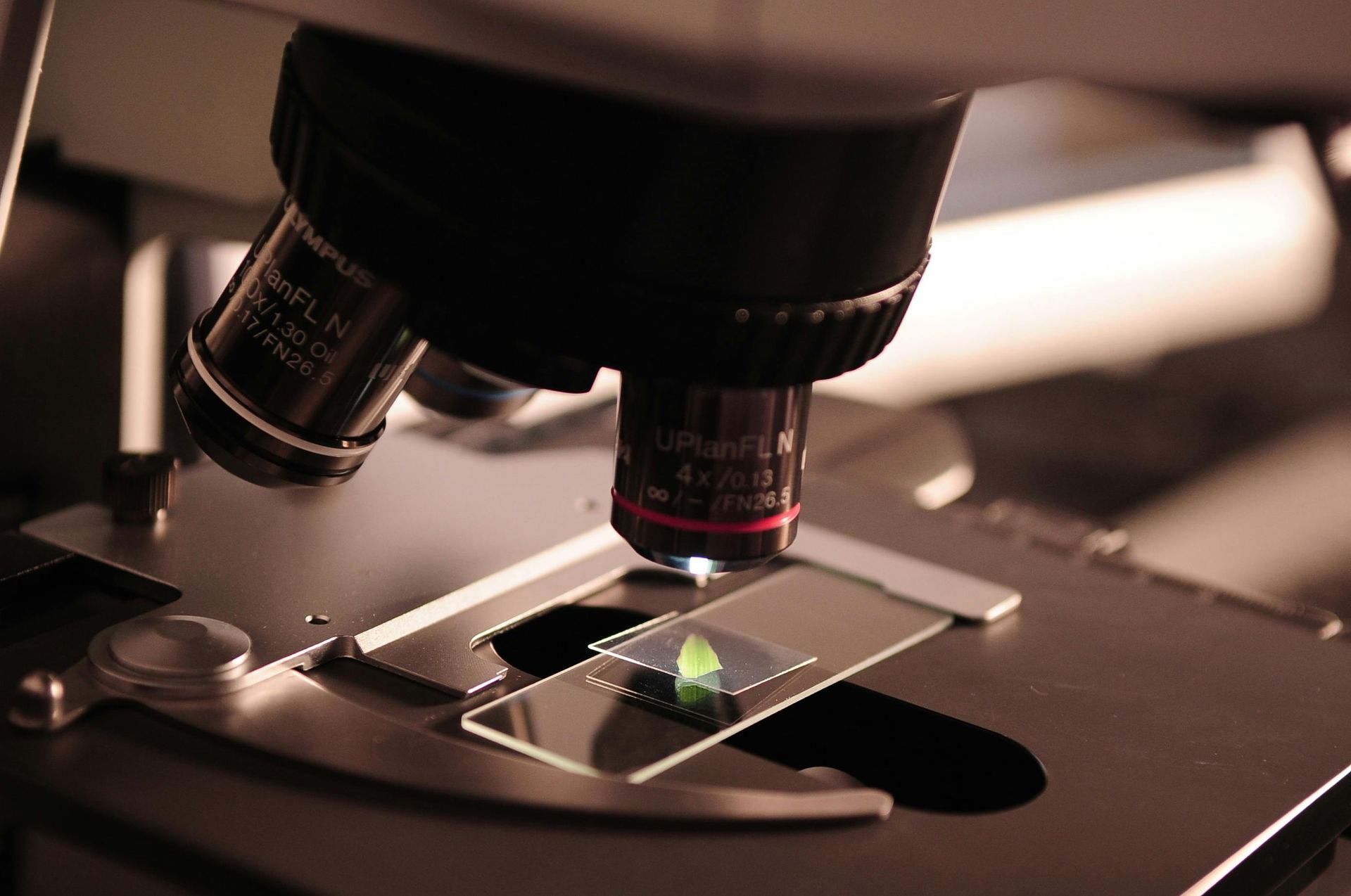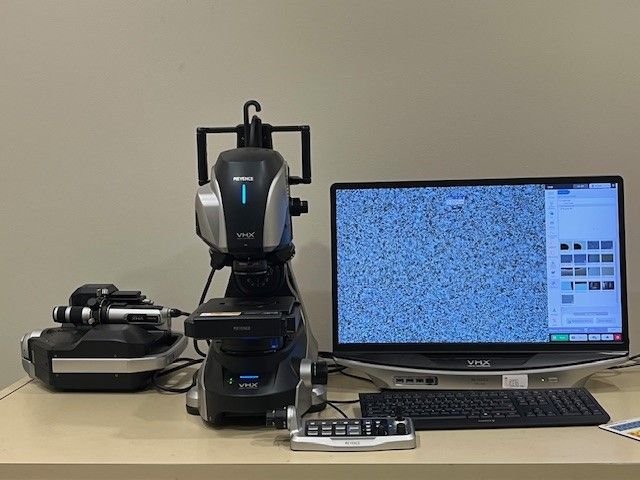TESTING AND ASSOCIATED STANDARDS
Case Depth- SAE J423
Failure Analysis – ASM Handbook 11
Grain Orientation/Macrostructure – ASTM E340
Grain Size- ASTM E112 Practice A & D
ASTM E930
ASTM E1181
Inclusion Rating – ASTM E45 (Methods A,E)
Laser Induced Breakdown Spectroscopy (LIBS)
Salt Spray – ASTM B117
Volume Fraction (Optical Density) – ASTM E562
Welder Qualification- ASME Sec. IX; AWS 1595 (Canceled 2002); AWS: D1.1/D1.1M,D1.2/D1.2M, D1.5/D1.5M, D1.6, D17.1/D17.1M




